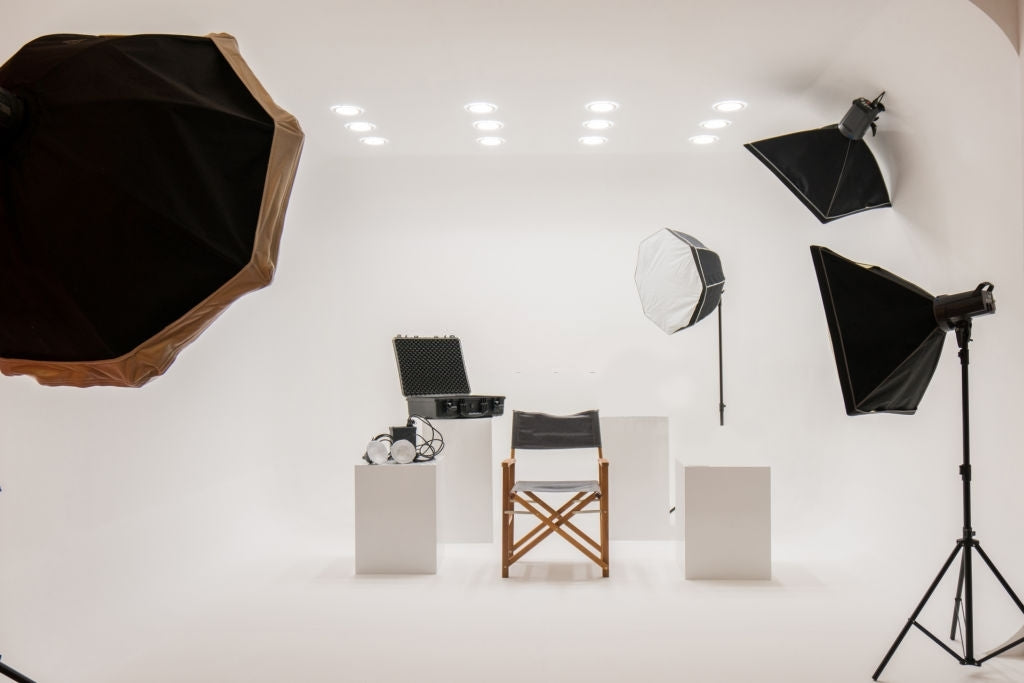How to Effectively Use Lighting in Portrait Photography
The key to mastering portrait photography lies in many elements, but understanding how to effectively use lighting is paramount. With the right lighting, a good portrait can transform into an extraordinary one. This makes it essential for photographers to understand and utilize light to its fullest potential.
In this comprehensive guide, well delve into how to use lighting for portrait photography, highlighting various techniques, types of lighting, and practical tips to elevate your skills and produce breathtaking portraits.

Grasping the Fundamentals of Lighting
Before we jump into specific strategies, it's crucial to understand the essential concepts surrounding lighting. Light influences not just the exposure of an image but also sets the mood and alters how subjects are perceived.
Lighting exists in various forms, so grasping characteristics such as direction, quality, color, and intensity is fundamental. These elements work together to craft different atmospheres in portrait photography.
Different Types of Lighting
The type of lighting you choose can dramatically change the outcome of your portraits. Here's a breakdown:
- Natural Light: Making use of sunlight creates beautiful tones and moods. Positioning your subject in the shade or close to a window can yield soft, flattering results.
- Continuous Light: This type provides a steady light source, allowing real-time adjustmentsgreat for both video and still photography.
- Flash Photography: Whether you're using a speedlight or studio flash, this method will help you freeze action and create striking effects. Learning about flash settings and proper positioning is essential.
- Reflectors: These tools help bounce light onto your subject, softening shadows and illuminating dark areas.

Techniques for Lighting Stunning Portraits
Now that we've covered the various types of lighting, let's look at effective techniques to integrate these principles into your portrait photography:
The Key Lighting Setup
Every portrait session should begin with establishing the key light, your primary light source. Typically, it's positioned at a 45-degree angle from the subject.
Depending on your desired look, consider these setups:
- Short Lighting: This technique highlights the side of the face turned away from the camera, adding depth and is particularly flattering for subjects with rounder faces.
- Broad Lighting: In contrast, this method illuminates the side of the face that faces the camera, making the subject appear broaderideal for thinner individuals.
Harnessing Backlighting
Backlighting introduces drama and an ethereal quality to portraits. By positioning the light source behind the subject, you can create a captivating halo effect.
Be mindful of your exposure settings with this technique, as it can easily lead to undesirable silhouettes if not managed properly. Experimenting with your camera settings will help attain the desired effect.

Essential Lighting Gear
Having the right equipment can significantly enhance the quality of your portraits. Here are some indispensable tools every photographer should consider:
- Softboxes: These diffusers soften light and minimize harsh shadows, which is beneficial for portraiture.
- Umbrellas: An economical choice for diffusing and reflecting light, creating broad illumination.
- Light Stands: These are vital for properly positioning lights, ensuring your setup is stable and flexible.
Post-Processing Enhancements
A portrait is seldom complete without a touch of post-processing. Making adjustments to exposure, contrast, and color balance can significantly uplift the lighting effects captured during the shoot.
Utilizing software like Adobe Lightroom or Photoshop helps refine the final image, ensuring your lighting techniques shine in the end result.

Avoiding Common Mistakes in Portrait Lighting
Even experienced photographers can succumb to typical errors. Here are pitfalls to avoid to keep your portraits looking their best:
- Harsh Shadows: Be careful of allowing harsh light to create unflattering shadows, particularly on the face.
- Neglecting the Background: An effective background is crucial; it should harmonize with the light and subject without drawing attention away.
- Failing to Adapt to Your Subject: Each subject is unique; adapt your lighting setup to their specific features and personality.
FAQ
1. Whats the ideal lighting for portraits?
The optimal lighting can vary depending on natural conditions and the mood you're aiming for. Generally, soft, diffused light is most flattering.
2. How can I enhance my portrait lighting skills?
Practice is key. Experimenting with both natural and artificial lighting setups helps you learn how different lights influence your images.
3. What equipment is necessary for portrait lighting?
At a minimum, youll need a camera, lens, and lighting tools like softboxes, reflectors, and flash units. Your choice should reflect your subject and setting.
As an Amazon Associate, I earn from qualifying purchases.
For more tips on using photography lighting equipment, check out our post on lighting equipment. Additionally, if you're interested in learning about how to travel with your camera gear, please visit traveling with a camera.

